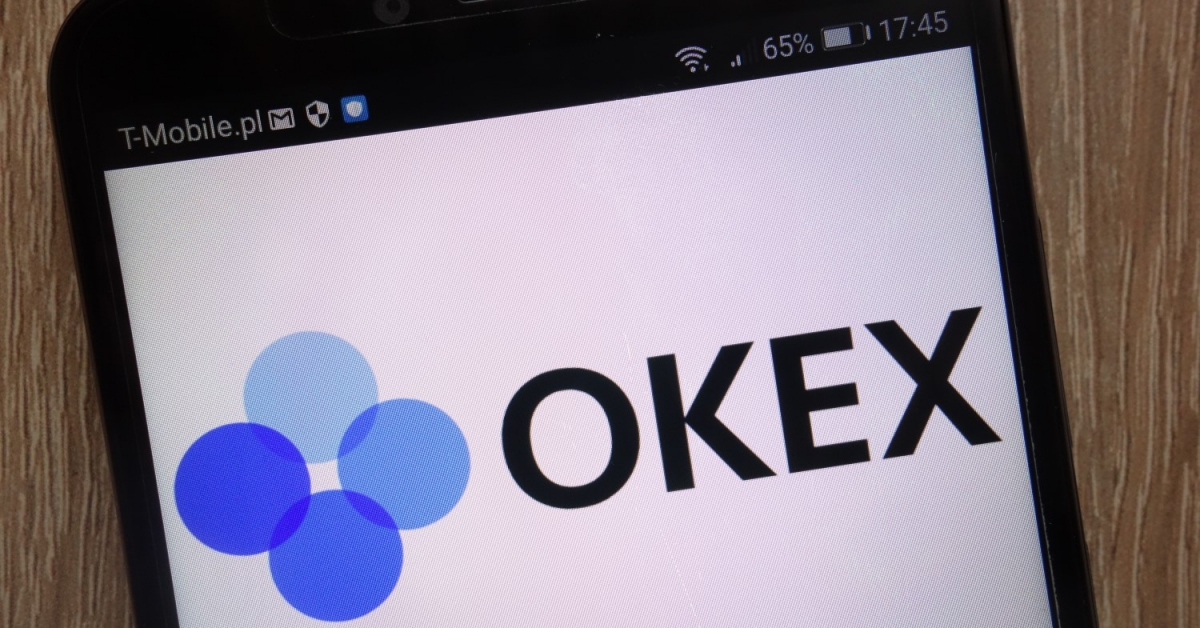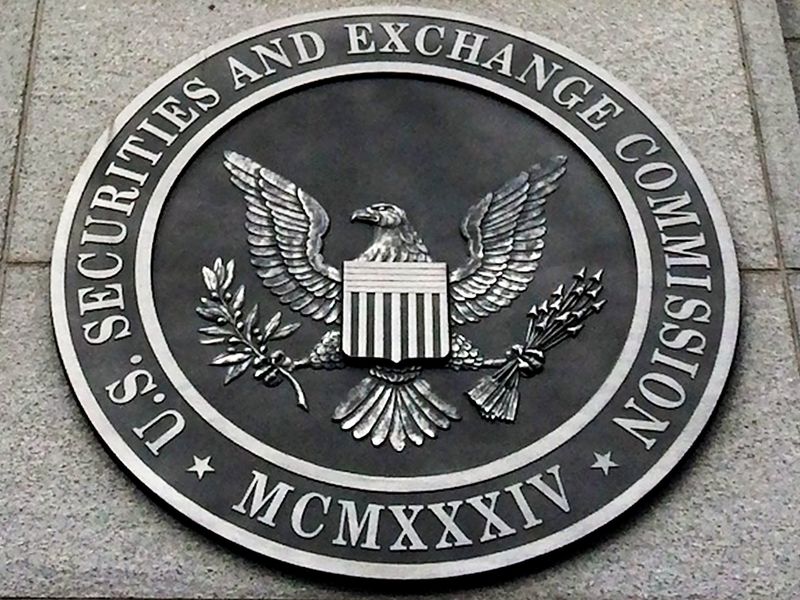It’s Not a Token Offering, It’s a ‘Node Sale’: Sophon Blockchain Raises $60M
-
Sophon, an entertainment-focused blockchain ecosystem, raised more than $60 million in a node sale, an increasingly popular type of fundraising method.
-
Node sales, described as a way of helping to decentralize projects, are structured in pricing tiers, where the longer buyers wait, the more they have to pay.
-
The project is built on zkSync’s technology, using a data solution provided by Celestia.
It’s the blockchain industry’s latest innovation – not in technology, but in rounding up cash from investors.
Sophon, an entertainment-focused blockchain ecosystem, has attracted more than $60 million in a node sale – a novel form of project fundraising that is catching on in crypto circles as token sales come under greater scrutiny from securities regulators.
The Sophon project, built as a rollup network atop the Ethereum blockchain using technology from the zkSync project, sold about 121,000 network nodes, netting some 20,391 ETH ($62.7 million), according to a data dashboard on the blockchain-analytics website Dune. A total of 200,000 nodes were offered in the sale.
Many of the nodes were likely purchased by venture capital firms, a person with knowledge of the matter told CoinDesk.
Technically, buyers purchased Ethereum-based ERC-721 tokens, or NFTs, allowing them to operate nodes. That in turn qualifies them to collectively earn 20% of the project’s eventually-to-be-released SOPH tokens over the first 36 months after the network’s main launch, expected in the third quarter of this year.
Underscoring the explicitly financial aspects of running a node on Sophon, project officials acknowledged in the press release that the network doesn’t even need the full 200,000 nodes. Users don’t have to actively operate the nodes themselves.
“They can simply delegate and reap the rewards for it,” according to the press release. “Furthermore, the node licenses that are unsold and unused when the sale ends won’t come into circulation and will be burned.”
Using Celestia for data availability
Sophon previously had raised $10 million in a traditional funding round led by the investors Paper Ventures and Maven 11, with participation from Spartan, SevenX and OKX Ventures.
The fundraising track record looks especially impressive given that the project’s principals aren’t publicly named. According to a press release, the project is co-founded by “several well-known semi-anonymous builders, including Sebastien (‘Seb’), previously head of DeFi at zkSync; as well as Pentoshi, the legendary Crypto Twitter persona and trader and team member at Merit Circle.”
In a May 3 post on X, Seb wrote that it had come to his attention that “a lot of folks were weary of the node sale and questioning the technical legitimacy of what we were doing, and thus of the overall project.”
“We will use this money to build cool shit, innovate, fund projects and make strategic partnerships – always with the goal of delivering value to our core community,” Seb wrote. “As a crypto-native user myself, I know exactly what it means to risk funds on a new project and the value of transparency from the founder.”
Data services will come from plugging into another blockchain project, Celestia, according to an investor slide deck for the project.
What is a node sale?
Node sales, still a relatively new phenomenon in fast-moving crypto, are becoming more common, many of them with help from the DeFi protocol Impossible Finance, which itself raised $7 million from institutional and angel investors in a 2021 seed funding round.
Amounts raised from these node sales aren’t tiny: Aethir, a decentralized GPU cloud infrastructure provider, disclosed last week that it had distributed more than 73,000 node licenses valued at over 41,000 ETH ($126 million). Other blockchain projects raising funds via node sales include CARV, XAI Games and Powerloom.
The marketing pitch is that the node sales help to decentralize the fledgling networks right off the bat, while still giving investors the ability to earn token rewards on top of their nodes – a form of yield.
The goal is to “decentralize network participation, educate more users in their community about their tech, involve more participants than equity and involve retail users at larger skin-in-the-games than public,” said Calvin Chu, a former Binance researcher who helped start Impossible Finance. Chu goes by the title of “Core BUIDLer,” he said.
FOMO
Certain mechanics of node sales appear designed to drive the fear of missing out, such as a system of tiering, where the price goes higher as more nodes are sold, and the use of exclusive whitelists that reserve early spots for certain users.
In Sophon’s deal, for example, a Tier 1 node license cost 0.0813 ETH, roughly tripling to 0.2524 by Tier 11. And according to the Dune Dashboard, about three-fourths of nodes were sold to whitelisted buyers.
There’s also the teaser that node operators may qualify for future token airdrops from related projects. Crypto traders have speculated that zkSync, one of the biggest Ethereum layer-2 networks, might at some point announce plans for a new token.
“I cannot comment on ‘wen zks token,'” Sophon’s Seb wrote in the May 3 tweet.
Buyers of the Sophon nodes are subject to a 12-month restriction on transferring them, a stipulation designed to keep participants from simply cashing out and moving on, as sometimes happens after big token distributions.
Often, however, venture capital firms that receive token allocations are locked up from selling them anyway. So the opportunity cost of owning a node may not look like too much of an additional burden – especially if the investments are accruing awards in the meantime.
“Buyers hope to get high quality projects,” Impossible Finance’s Chu said in an interview with CoinDesk over Telegram. “This doesn’t work well with low quality projects, because there is a lockup effectively. Because the nodes don’t give instant tokens.”
Edited by Stephen Alpher.









